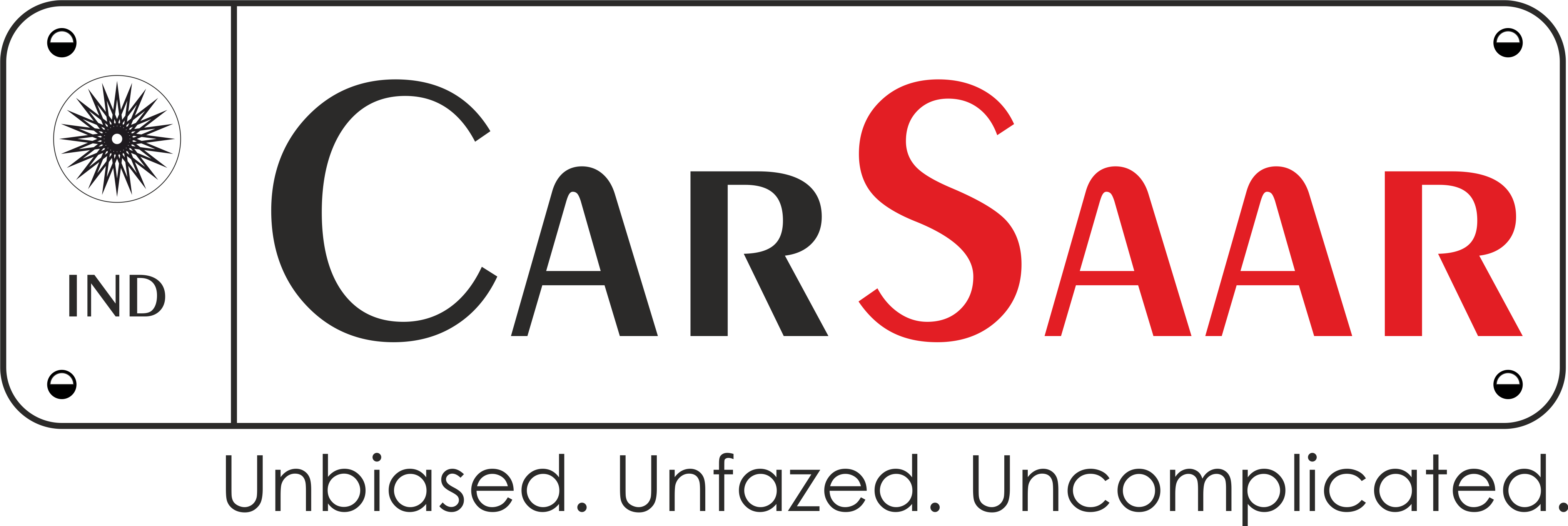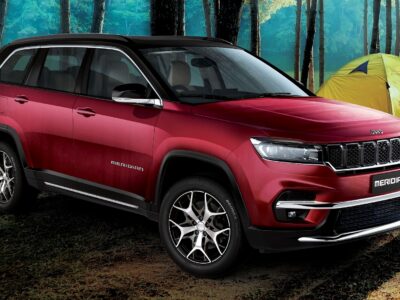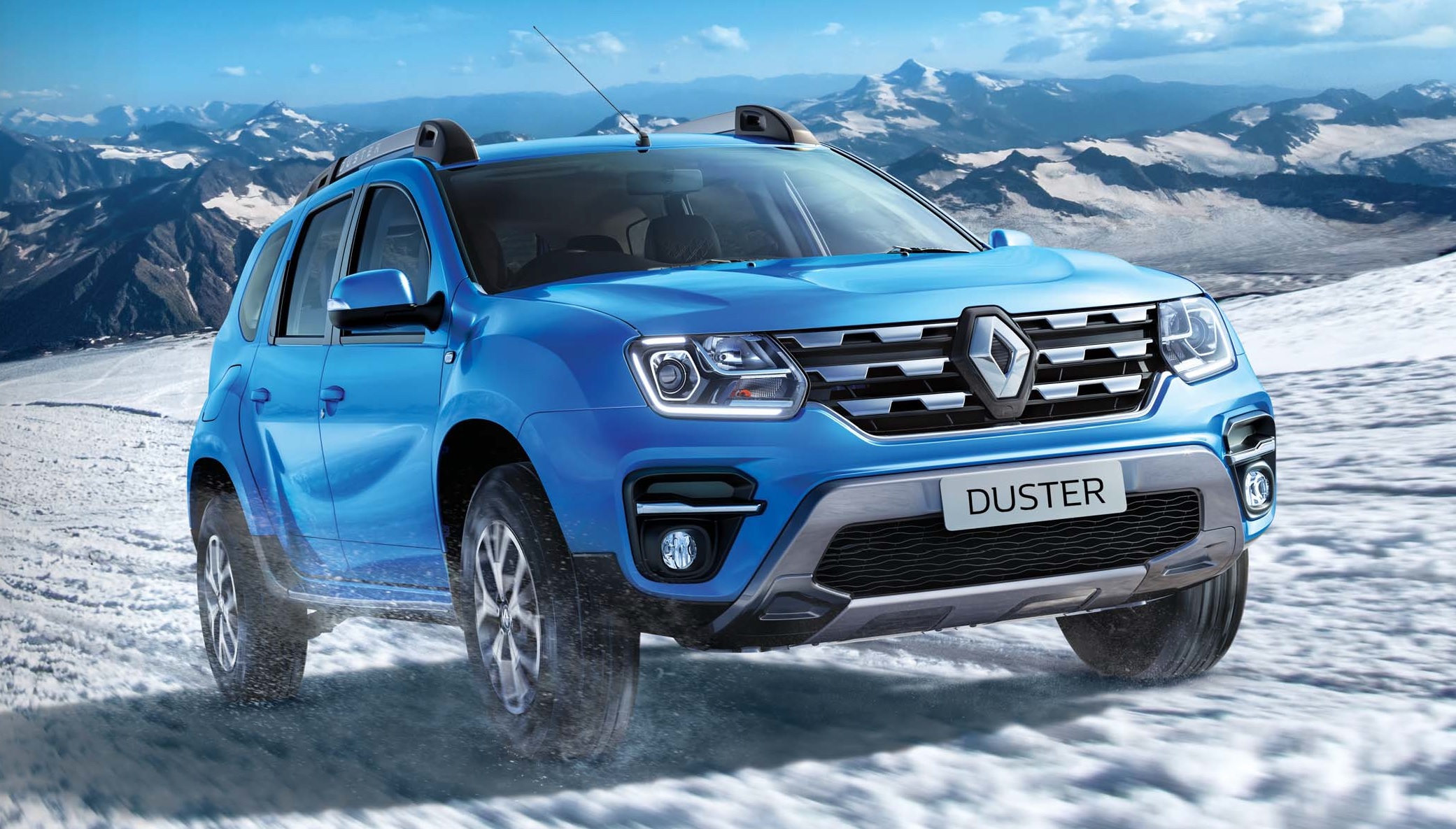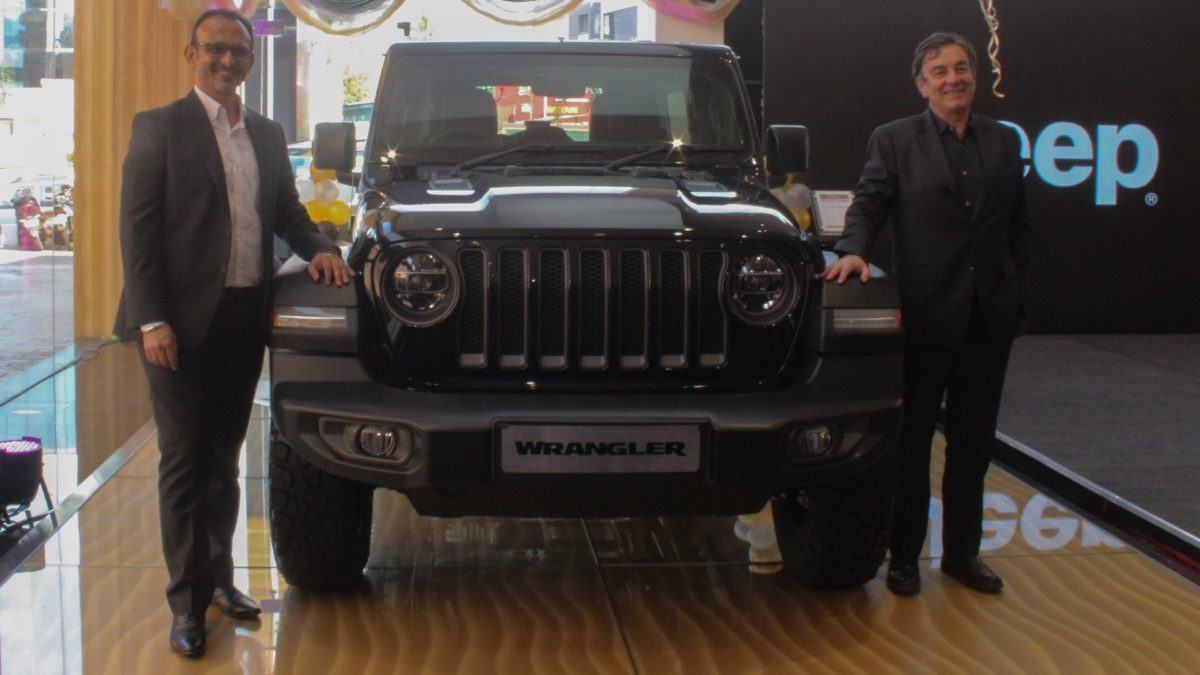In early 2018, Ford and Mahindra inked five MoUs (Memoranda of Understanding). Those included developing a couple of SUVs, an electric vehicle, and co-engineering the development and implementation of connected-car technologies. Later in the same year, news popped up that the duo will enter a joint-venture (JV), with Mahindra holding the controlling stake. That JV was supposed to go live in full strength by mid-2020.
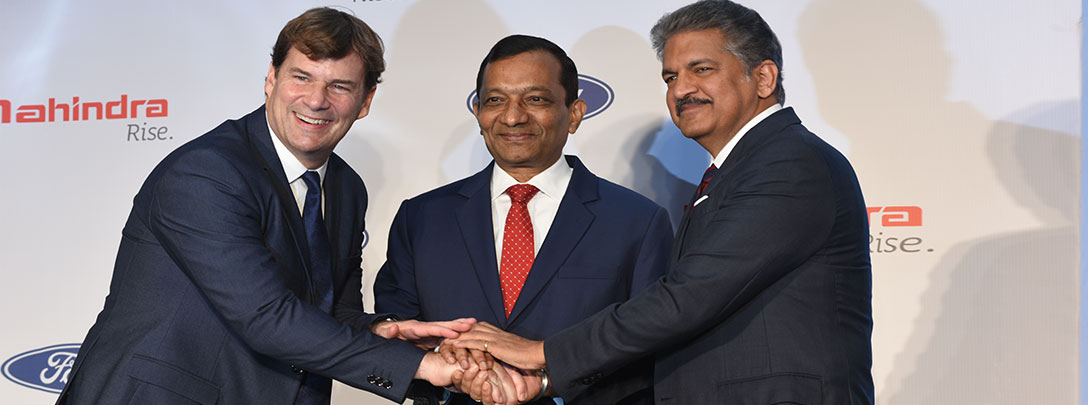
In the following year, more details about the tie-up came into light. One of the highlights was about a C-segment SUV, which would be developed on a Mahindra platform and become the JV’s first model. Ford would use the same recipe, restyle and repackage it to sell as one of its own models. The product would compete against the likes of the MG Hector and the Tata Harrier. The other SUV project was to cater to the B-segment. That means a rival for the Hyundai Creta, Kia Seltos and the Nissan Kicks. Also, Mahindra agreed to supply low-displacement BS6-compliant (Bharat Stage 6) petrol engines to Ford.
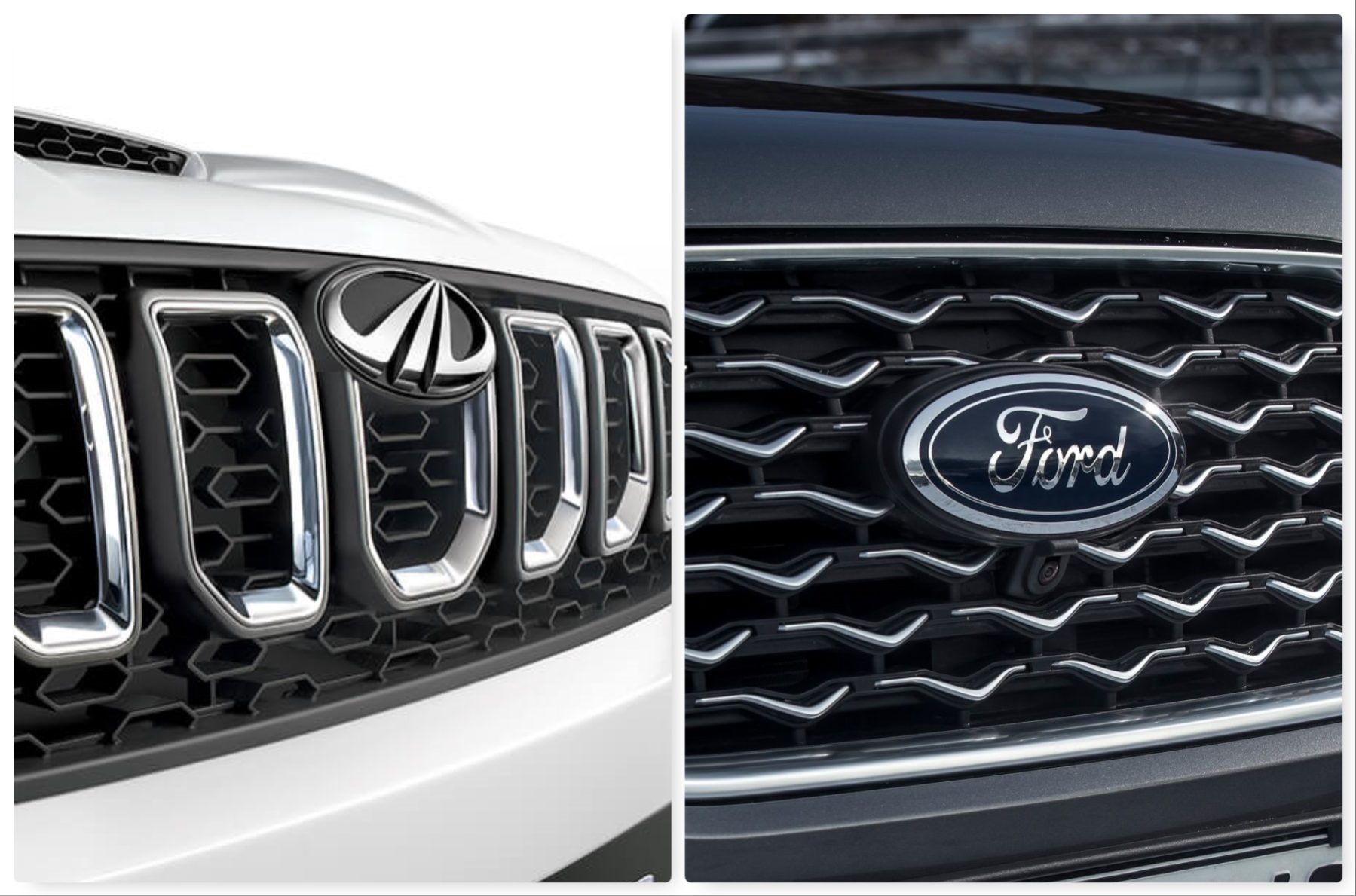
Little did the carmakers knew that the year 2020 will be about the COVID-19 outbreak. That, single-handedly, destroyed economies worldwide. And the automobile industry was one of the worst-hit. Because of the pandemic and other challenging business conditions that mounted on, Ford and Mahindra have mutually agreed to not move ahead with the formation of the JV. Here’s the official statement:
According to the companies, the outcome was driven by fundamental changes in global economic and business conditions – caused, in part, by the global pandemic – over the past 15 months. Those changes influenced separate decisions by Ford and Mahindra to reassess their respective capital allocation priorities.
Ford says that it will continue to operate as an independent entity in India. Moreover, it is actively evaluating its businesses worldwide (India included) to make necessary changes and allocate capital. Those decisions will have to fall in line to achieve an 8 per cent company adjusted EBIT margin.
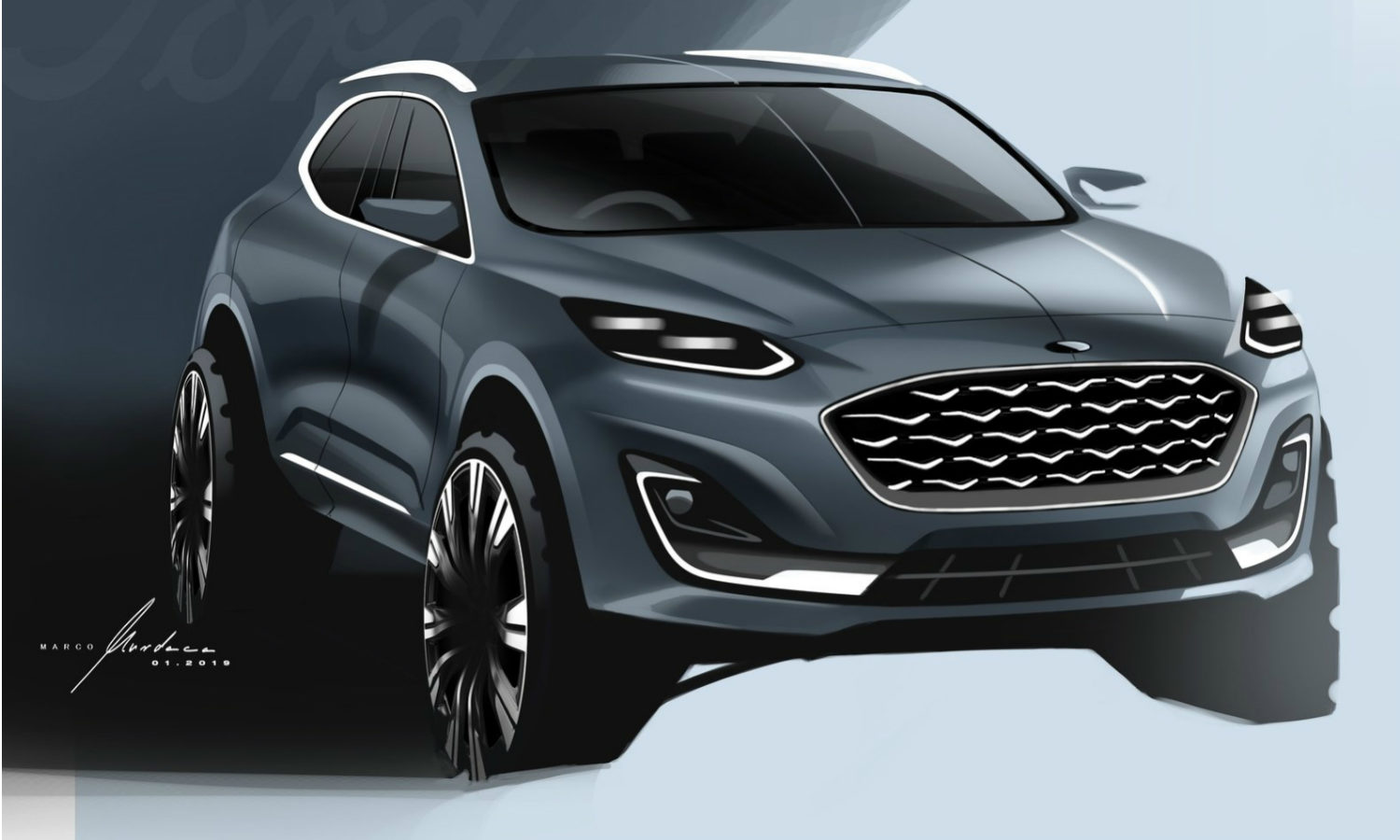
So, what will happen to the C-segment SUV? For Mahindra, that would become the all-new XUV500 and is slated to launch later in 2021. Will Ford use it? Yes. This, perhaps, will be the only model which both the companies will work around with. Ford’s derivative should arrive in early 2022.

